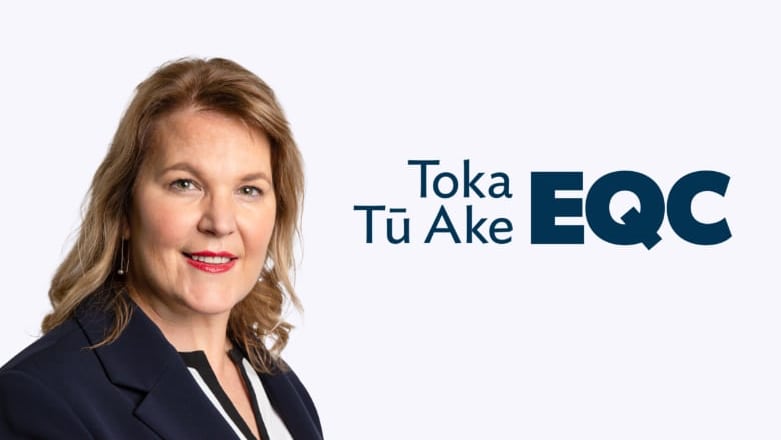NZ EQC adds $1bn to reinsurance tower, securing $9.2bn for 2024 renewal

New Zealand’s EQC Toka Tū Ake, previously known as the New Zealand Earthquake Commission, has added more limit to its reinsurance tower, lifting the top by $1 billion for 2024, in a renewal securing $9.2 billion of cover for disaster losses in the country.
The EQC has been growing New Zealand’s disaster reinsurance protection over recent years, from a nearly $7 billion reinsurance tower in 2021, to $7.2 billion for 2022, then $8.2 billion for 2023.
Typically, a number of insurance-linked securities (ILS) funds participate, taking a small share of the reinsurance program on a fronted basis in recent years.
But, of course, the EQC also made its first foray into the catastrophe bond market in 2023 and that NZ $225 million Totara Re Pte. Ltd. (Series 2023-1) catastrophe bond is still in-force and part of the reinsurance tower this year.
A driver for more reinsurance being required by the EQC has been the doubling of the building cover cap enforced by New Zealand’s government, which occurred in late 2021.
The use of reinsurance to support the EQC helps to keep homeowners insurance more affordable, by providing capital to finance recovery after major natural disasters occur and aggregating New Zealand disaster risk to distribute it to international reinsurance and capital markets.
“The continued growth of the programme demonstrates the confidence the international market has in our national insurance scheme,” explained EQC Chief Executive Tina Mitchell.
“Once again, we have been really well supported by our reinsurance partners, with many substantially increasing the amount of capital they have committed to the programme.”
Mitchell went on to explain that the increased interest in the reinsurance renewal seen this year included both existing partners increasing their offering, as well as offers from new and returning markets.
“It is always encouraging to see partners returning to the programme and new reinsurers wanting to support our scheme. We see this as a huge vote of confidence in New Zealand and our approach to natural hazard risks,” Mitchell added, reiterating that securing reinsurance is one of EQC’s primary tasks.
She explained, “New Zealand homeowners pay an EQC levy of up to $480 (plus GST) for the first $300,000 of natural hazard damage to their homes.
“We use some of that levy to buy reinsurance so we can be confident there are always funds available to meet any claims that may arise. This keeps the scheme affordable for homeowners and protects the Crown from financial risks in the event of a major event like the Canterbury earthquakes.”
The EQC’s reinsurance coverage only attaches after a loss event that results in over $2.1 billion in claims and is seen as a financial buffer for the nation’s economy.
The reinsurance tower has only attached is cover twice in history, after the Canterbury earthquakes in September 2010 and February 2011, when EQC received about half a million claims which are currently estimated to cost around $12 billion.
“Most of the time the EQC scheme is able to cover events, even the bigger events like Cyclone Gabrielle, through levies, but reinsurance protects New Zealand from any future devastating events and helps to ensure we will be able to pay claims when they fall due,” Mitchell said
“We can’t change the natural hazards we live with in our beautiful country, but we can prepare ourselves to reduce the impact of those hazards and provide a safety net to help New Zealanders recover from any major event.”






